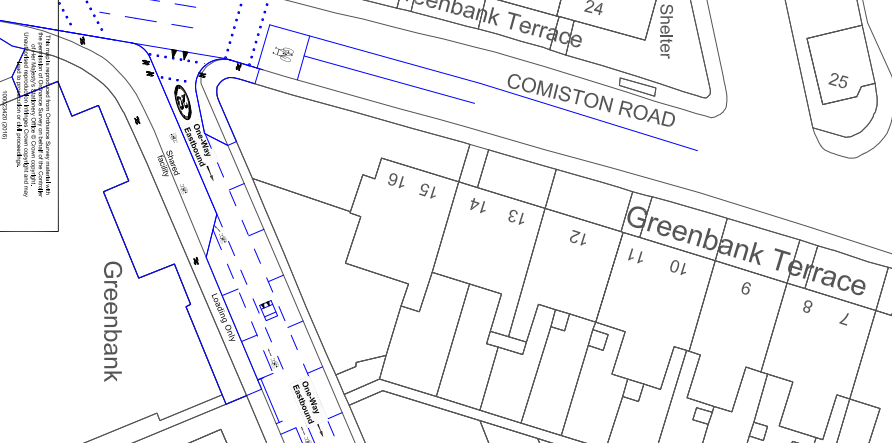Introduction
It is currently impossible for pedestrians to maintain social distancing on many Edinburgh streets, which have pavements that are not wide enough. As ‘lockdown’ measures are eased, but social distancing requirements maintained with more people on the street, it will be even more vital to increase the amount of safe space for walking. This will be a particular challenge when schools eventually re-open. Wider measures – notably to encourage cycling – will also be needed when lockdown measures are eased to ensure safe, efficient transport, with a likely reduction in the capacity of Edinburgh’s bus network. However, now more than ever, action is needed to ensure that walking’s place at the top of travel hierarchies is put into practice.
This paper focus on five immediate measures to encourage walking. Many of these measures could be introduced at little cost while the additional £10m funding from the Scottish Government could be used to fund others, including the removal of larger, more complex structures such as the obsolete ‘real-time’ parking displays.
There are a number of resources which the Council has commissioned in recent years which contain specific suggestions to improve the walking environment on streets, such as the ‘Street Life Assessments’, ‘Street Reviews’ by Living Streets Scotland and the recent work by LSEG on ‘Tackling Street Clutter’. We recommend that these resources are revisited and used to guide immediate measures.
1) Pavement Widening
We want to see a programme of temporary pavement widening, focusing on high footfall streets such as ‘retail/high street’ and public transport corridors. The classification of streets in the Edinburgh Street Design Guidance provides a ready strategic framework to assist in identifying such streets. This will in places require removal of parking/loading/waiting permissions. To complement this process, the following streets have been identified as potential candidates by the LSEG Committee members and also from social media (see especially:
- South Bridge/Nicolson Street/Clerk Street
- Great Junction Street
- Ferry Road
- St Johns Road/A8
- Queensferry Road
- George IV Bridge
- London Road
- Easter Road
- Dalry Road
- Milton Road East
- Lower Granton Road
- Niddrie Mains Road
- Raeburn Place
- Morningside Road
- Morrison Street
- Captains Road
- Liberton Road
- Burdiehouse Road
- Frogston Road
- Comiston Road
- Colinton Road
2) Road closures
In residential areas, many streets could be closed to through traffic, while retaining access by motor vehicles to/for residents through barriers (‘filters’). This will reduce traffic on local streets, making walking and cycling safer. This may apply particularly in residential areas (eg Oxgangs, Bingham, Lochend, Stenhouse etc).
3) Guardrails
Guardrails which hem in pedestrians over long stretches of pavement (for example, Slateford Road bridge) are particularly inappropriate at present. The Council already has a presumption against these features unless there is a compelling need, but Edinburgh has a legacy of many such guardrails from earlier, outdated street design philosophies. A programme of removal should be introduced immediately to accelerate the removal of inappropriate guardrails.
4) Decluttering
Removal of streets clutter is a ‘quick win’ to aid walking and social distancing. As with guardrails the Council already has a policy of de-cluttering which should be accelerated at the present time. This could include ‘sweeps’ of roads to remove old roadworks debris such as traffic cones, sandbags, old signs etc which litter many streets, and also removal of redundant and empty signage poles (many of which have been notified to locality teams as part of LSEG’s ‘tackling Street clutter’ project).
5) Signals
Traffic signals, including signalled pedestrian crossings, should be reconfigured so as to give pedestrians priority – eg immediate ‘green man’, increased crossing time, single crossing of staggered crossings, etc. This will aid walking movement and also reduce the risk of pedestrian congestion at lights, islands, etc.

